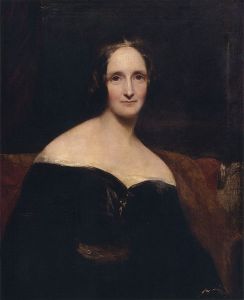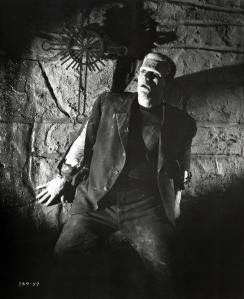
A free Ipad app and website developed by the New York Public Library showcase the hidden archives of Mary Shelley, author of Frankenstein, and her circle. In one section, “Outsiders,” Professor Pamela Clemit examines a letter written by Mary Shelley’s father, the anarchist philosopher William Godwin.
The NYPL’s award-winning Biblion project immerses users in rare items from its vast collections, using a combination of images, digitised documents, and essays. The second edition of Biblion, called Outsiders: The Afterlife of Shelley and Frankenstein, explores the connections between Mary Shelley’s time and our own.
Pamela Clemit’s subject is a 1793 letter from William Godwin to John Fenwick, a friend and fellow reformer. It was written as the French Revolution entered a new and alarming phase of expansion. Fenwick had gone to Paris to enlist in the French Revolutionary army, fighting against the British. Godwin risked arrest to write to his friend. He enclosed a copy of his controversial new book, An Enquiry concerning Political Justice, for the attention of the French government.
The letter was being sent to a well-known radical, across enemy lines. Unguarded words risked prosecution, fine, imprisonment—or worse.
The letter is drawn from the Carl H. Pforzheimer Collection of Shelley and His Circle at the New York Public Library. It is one of more than 260 Godwin letters in that collection. All of them will be included in the six-volume edition which Pamela Clemit is editing (with others) for Oxford University Press.
One reviewer of the new release of Biblion praised the work as “an illuminating and comprehensive look at something that’s bound to have a wide appeal.” She also commented on how challenging it is to read handwritten documents of the early nineteenth century: “I was most excited by the idea of reading an original manuscript, but I deeply underestimated how difficult it would be to decipher nearly 200-year-old script on the iPad’s display.” This suggests the value of transcribing and editing original documents in printed form. As the general editor of Godwin’s letters, Clemit has helped to make these fascinating archival sources more accessible to readers.
Her essay sheds light on a writer who shaped the revolutionary spirit of his age—a period which gave birth to one of the most compelling figures of literature and film: the Creature in Frankenstein.



